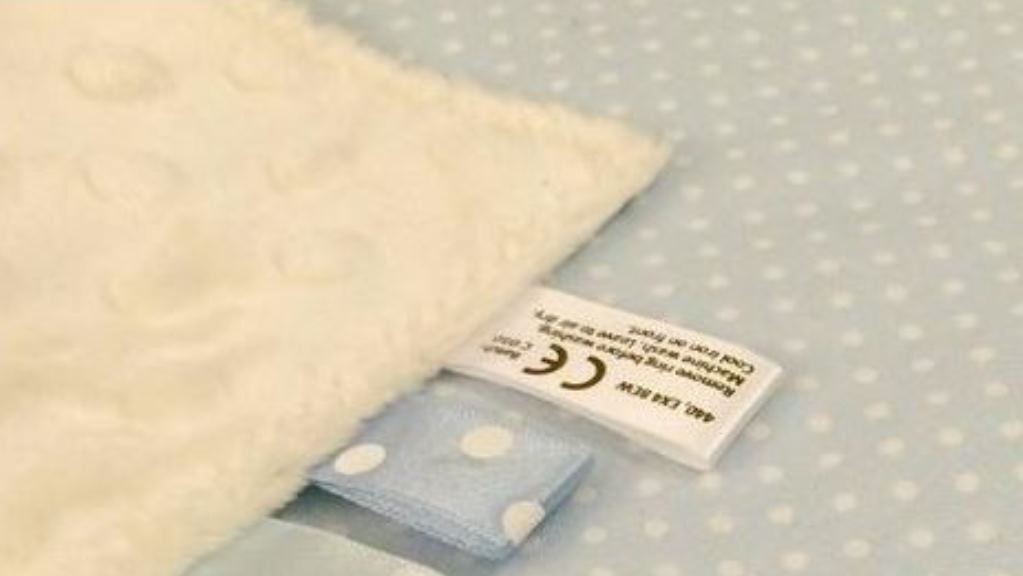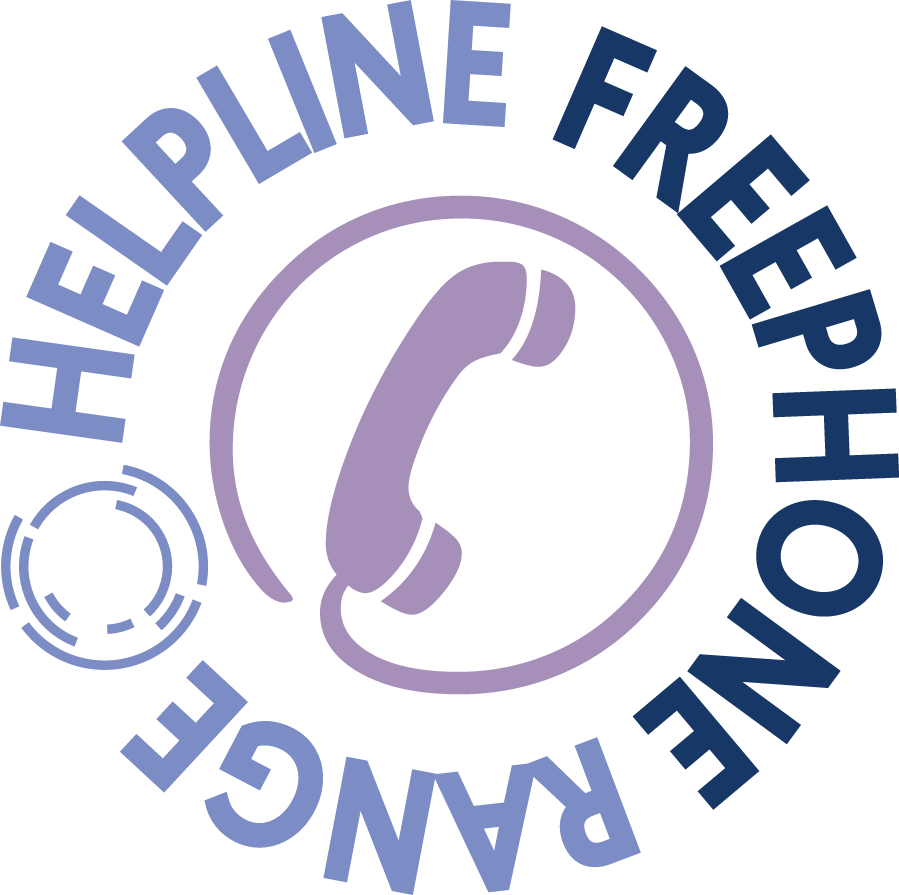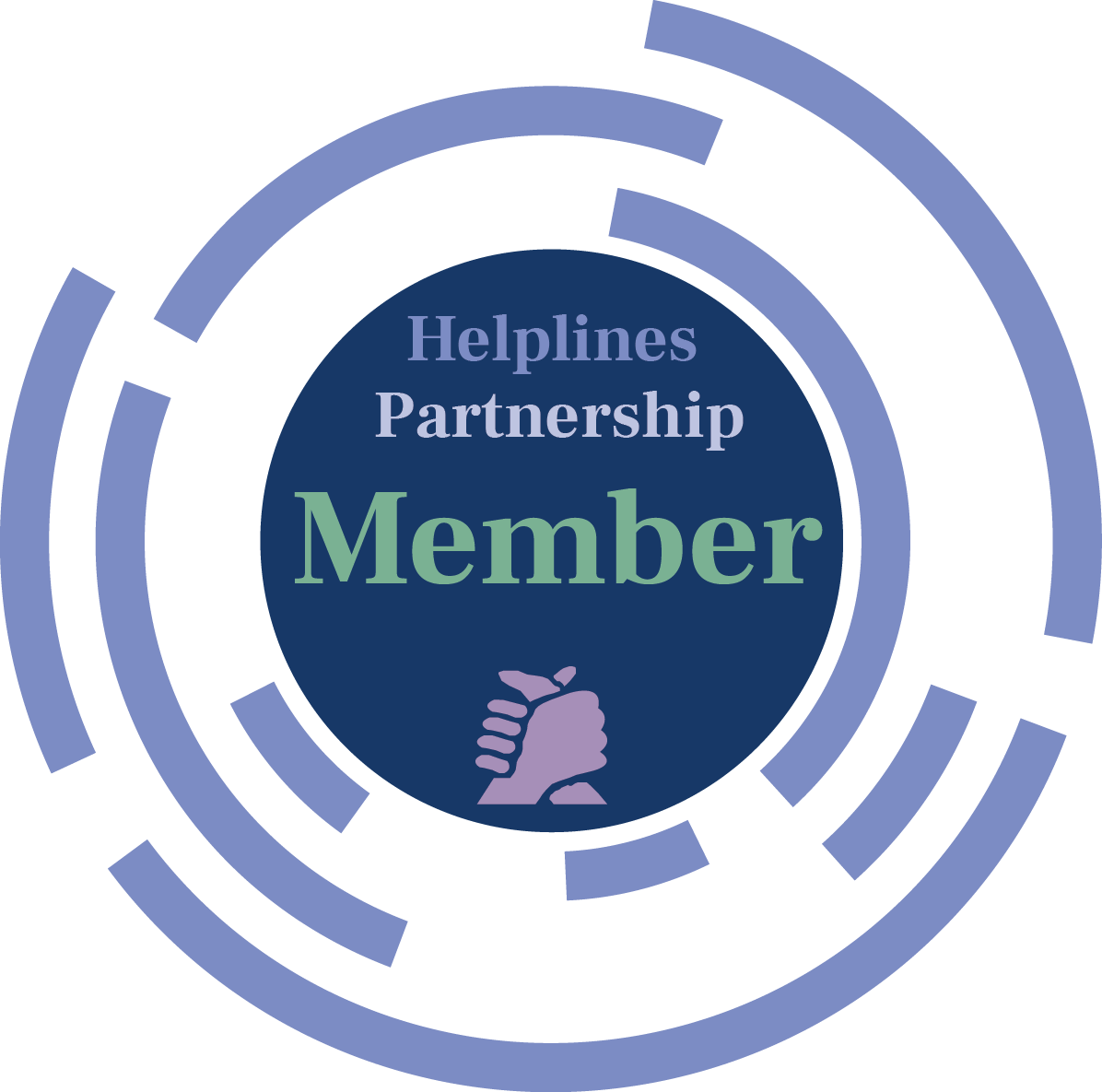
What is a standard?
A standard is an agreed way of doing something. It could be about making a product, managing a process, delivering a service or supplying materials – standards can cover a huge range of activities. A standard is a document that has been researched, developed, and agreed amongst a committee of experts from a range of backgrounds in a relevant sector, including those who test products against the requirements or specifications in a standard. Experts on BSI committees are also often members of international and European committees.
Are companies legally obliged to use standards?
No; using and complying with a standard is not a legal obligation. Standards are voluntary and a company can decide to use them, or not.
Do children’s products have the BSI Kitemark™ on them?
No; BSI does not test or certify baby and children’s products, therefore they won’t carry the BSI Kitemark. However there are a lot of other reputable organizations that test these products against the standards that we publish.
If there is no legal obligation, why do organizations bother with standards?
Standards help to make people’s everyday lives easier, safer and healthier. They are also powerful tools that can help make organizations more successful by driving innovation and increasing productivity. Standards help to demonstrate to customers and stakeholders that products or services follow best practice. Relevant standards provide manufacturers and others in the supply chain with a way to show conformity with directives and regulations.
What should I look out for?
Most organizations will want their customers and stakeholders to know that they have followed best practice and that their product meets a certain standard. Many organizations will make this clear, for example; on packaging, their website, marketing materials, or on the product itself. Many products carry the CE marking – this means that the product complies with European Directives and Regulations.
If a product complies with a standard does it mean that the product is completely safe?
It can’t be guaranteed that a product is 100% safe as it is simply not possible to eliminate all risk factors. However, products that have been produced by following and/or tested against relevant standards are aiming for a specific level of safety that has been agreed with our experts. For example, there are standards which specify recommended levels and types of chemicals that can be used to make certain products.
It is really important that parents take the time to read and follow instructions and warnings that come with products. If the instructions are lost you can ask the retailer to send you a new copy or look them up online.
Does this mean that products which don’t carry the CE marking or mention which standards they comply with are dangerous?
No, it doesn’t. As I’ve mentioned, using a standard to make or distribute a product is voluntary and some manufacturers choose not to use them. We shouldn’t automatically make the assumption that a product is dangerous if it does not comply with a standard. There are regulations that products need to comply with, such as the General Product Safety Regulations 2005, for example. CE marking and references to standards add an extra level of confidence; that the item complies with EU regulations, and has been produced and tested using agreed knowledge and best practice.
Sarra Cheyne, Manager of standards committee CW/1 Safety of child use and child care products.

